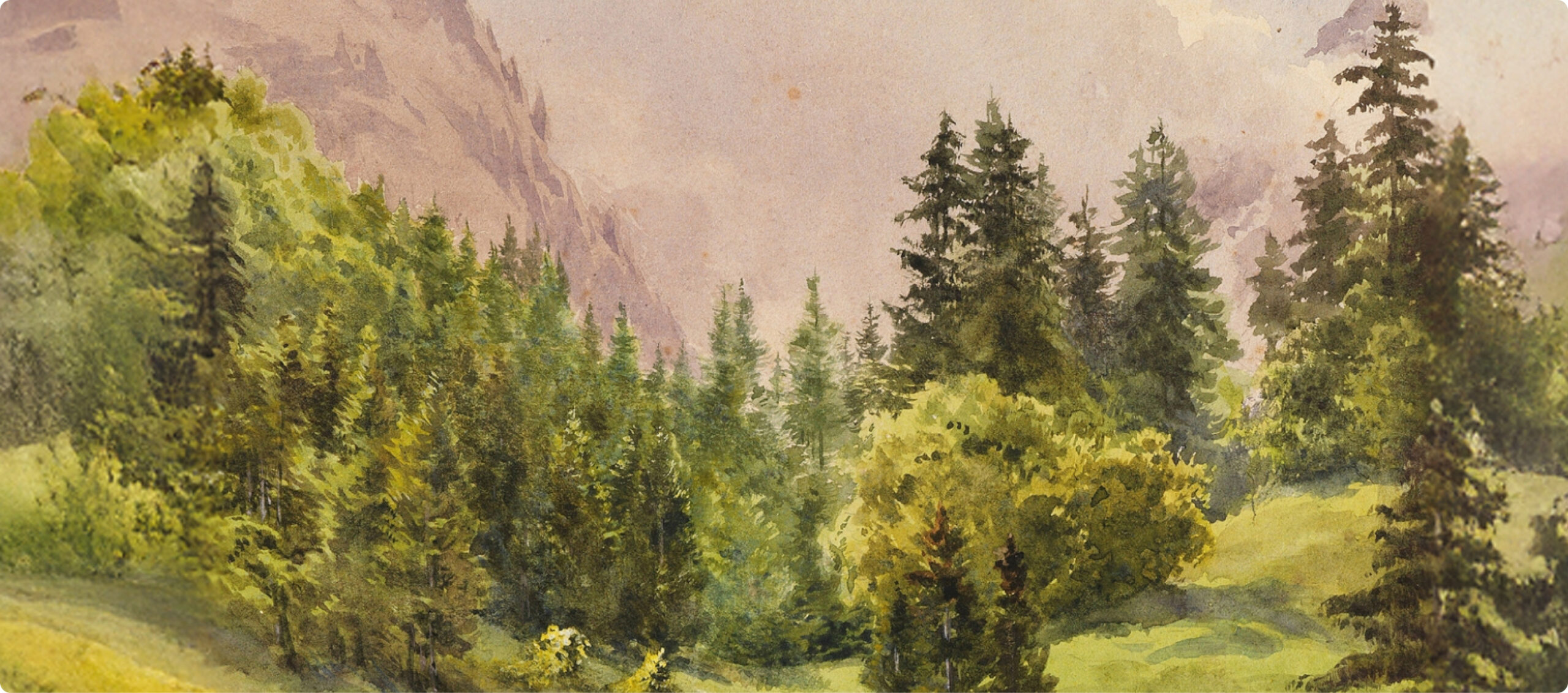As a creative professional, your portfolio is your most powerful tool for showcasing your work, building trust with potential clients, and ultimately landing new projects. However, having a portfolio filled with beautiful images is just the beginning. To truly stand out, you need to pair those visuals with compelling case studies that tell the full story of your work.
Why Case Studies Matter
Case studies go beyond simply displaying your work—they provide context, demonstrate your process, and highlight the tangible results you’ve delivered. They allow potential clients to see the value you bring to the table, not just in terms of aesthetics, but also in problem-solving, collaboration, and achieving business goals.
So, what makes a powerful case study? Let’s break it down.
The Anatomy of a Powerful Case Study
1. Project Overview
Start with a clear and concise project overview. This is where you outline the services and deliverables you provided. Were you hired to redesign a brand’s visual identity? Did you create a series of social media graphics? List out what you did in a way that highlights your skills and expertise.
Next, provide context by introducing the client and their industry. This not only situates the project but also signals to future clients the types of industries and niches you specialize in.
Finally, explain why the client reached out to you. This is your chance to subtly boast about your unique skill set—why did they choose you over someone else?
2. The Process
Potential clients want to know what it’s like to work with you, and breaking down your process is a great way to set expectations. Outline the phases of the project, from initial concept to final delivery, and highlight key design decisions you made along the way.
This section is also an opportunity to demonstrate your ability to adapt and overcome challenges. Did you encounter any hurdles? How did you navigate them? Sharing this information not only shows your problem-solving skills but also reassures clients that you’re capable of handling complex projects.
3. Show the Work
This is where you get to flaunt your creativity. Include progress shots to show how your work evolved over time. If relevant, add before-and-after comparisons to illustrate the impact of your work.
Remember, visuals need context. Accompany each image with captions that explain what’s happening and why it’s important. This not only helps to tell a cohesive story but also ensures that your audience understands the value of what they’re seeing.
4. Problem & Solution
Every project begins with a problem or a need that your work addresses. Whether the client was dissatisfied with their previous branding or needed something entirely new, describe the initial challenge.
Then, walk your readers through how you approached the project, detailing any strategies or creative solutions you employed. Finally, share the results. If you have concrete data or metrics, include them here. If not, a simple statement of the client’s satisfaction can be just as powerful.
5. Share the Experience
Case studies aren’t just about the work—you should also share the experience. Start by including client testimonials. Hearing positive feedback directly from your clients can be incredibly persuasive.
Don’t forget to share your own perspective as well. Reflect on the project: What did you learn? What would you do differently next time? This transparency can make your work feel more authentic and relatable.
6. A Final Call to Action
Every case study should end with a clear call to action. Don’t leave your readers hanging at the bottom of the page. Tell them what to do next—whether it’s contacting you to start a project, signing up for your newsletter, or connecting on social media. This keeps them engaged and guides them towards taking the next step with you.
Tips for Getting Started
If you’re feeling overwhelmed at the prospect of creating detailed case studies, start small. Pick just a few projects to begin with and gradually build out your portfolio. Focus on the story you want to tell—whether it’s about your unique design process, the types of clients you enjoy working with, or the challenges you excel at solving.
Remember, documenting your work as you go can make the process of creating case studies much easier. Capture progress shots, take notes during meetings, and always ask for client feedback. This way, when it comes time to put together a case study, you’ll have all the material you need.
Once you have this sorted out, it’s time to look for clients: here’s an article I wrote on How to Find Freelance Clients: Unlock the Secrets to Building a Thriving Freelance Design Business.




